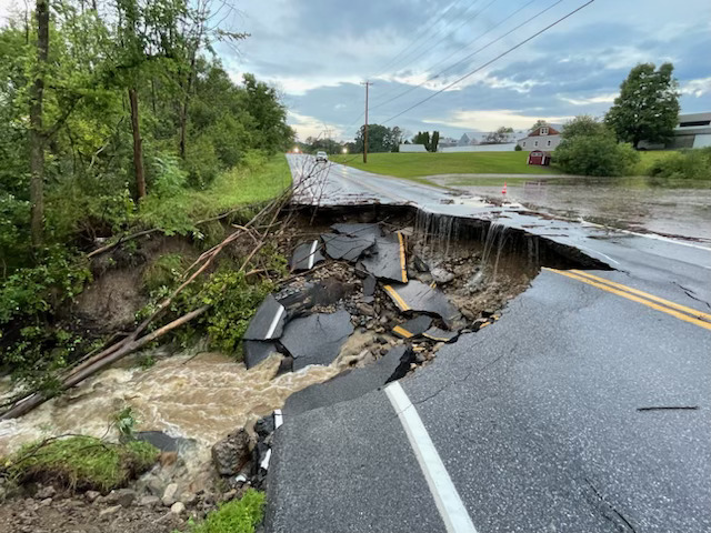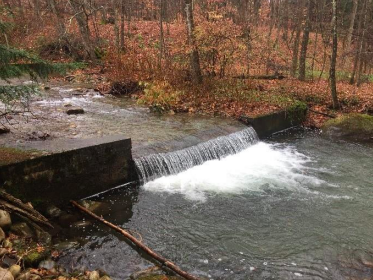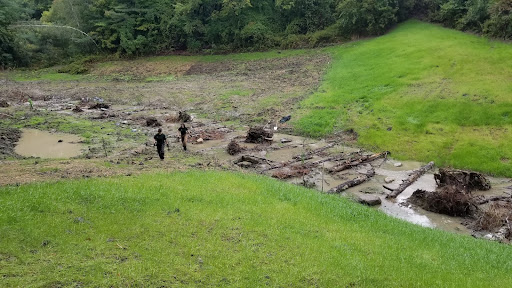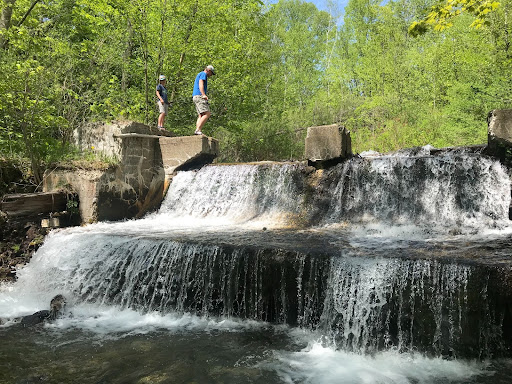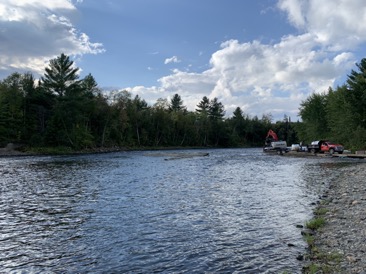Connolly Pond Dam, Shrewsbury (2023)
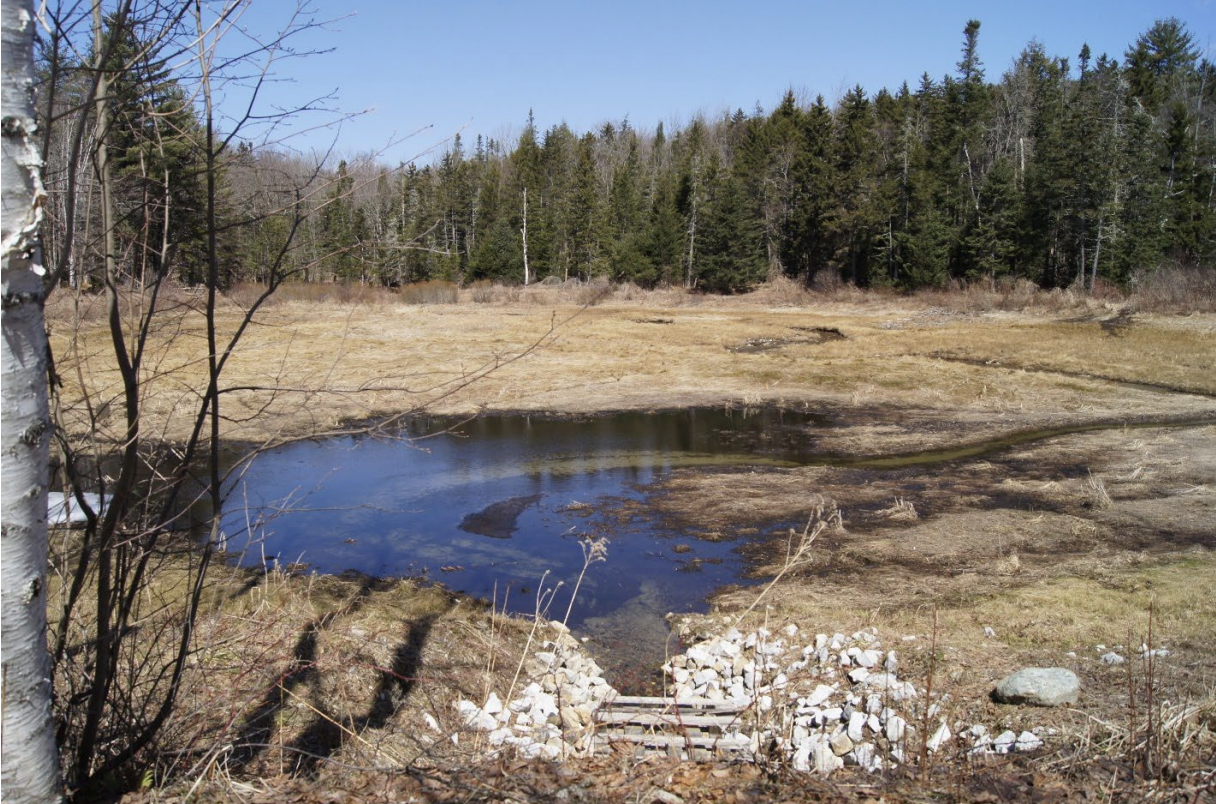
Engineers, contractors, landowners, and scientists will gather at 1pm on August 22nd for the post-construction meeting and site walk for the removal of Connolly Pond Dam in Shrewsbury Vermont. At this time, construction is complete, the dam has been removed, and the channel is free-flowing. The dam was removed in the interest of public safety to reduce flood risk, and reconnect and restore a headwater tributary to the Mill River, which ultimately flows to the Otter Creek and then Lake Champlain.
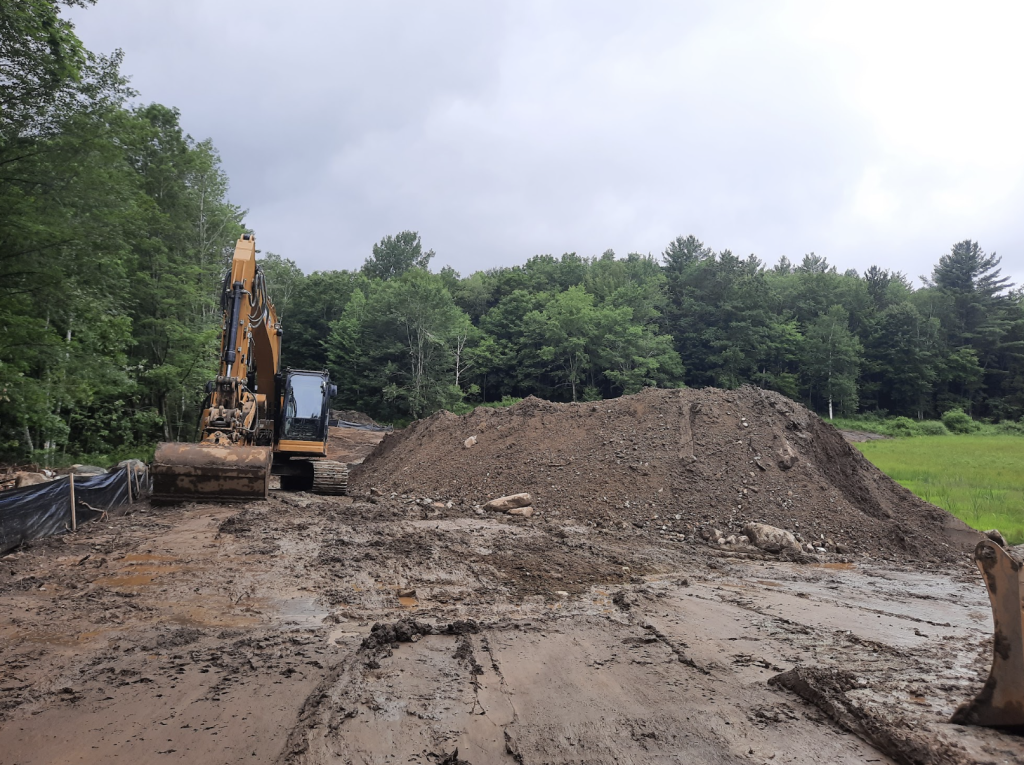

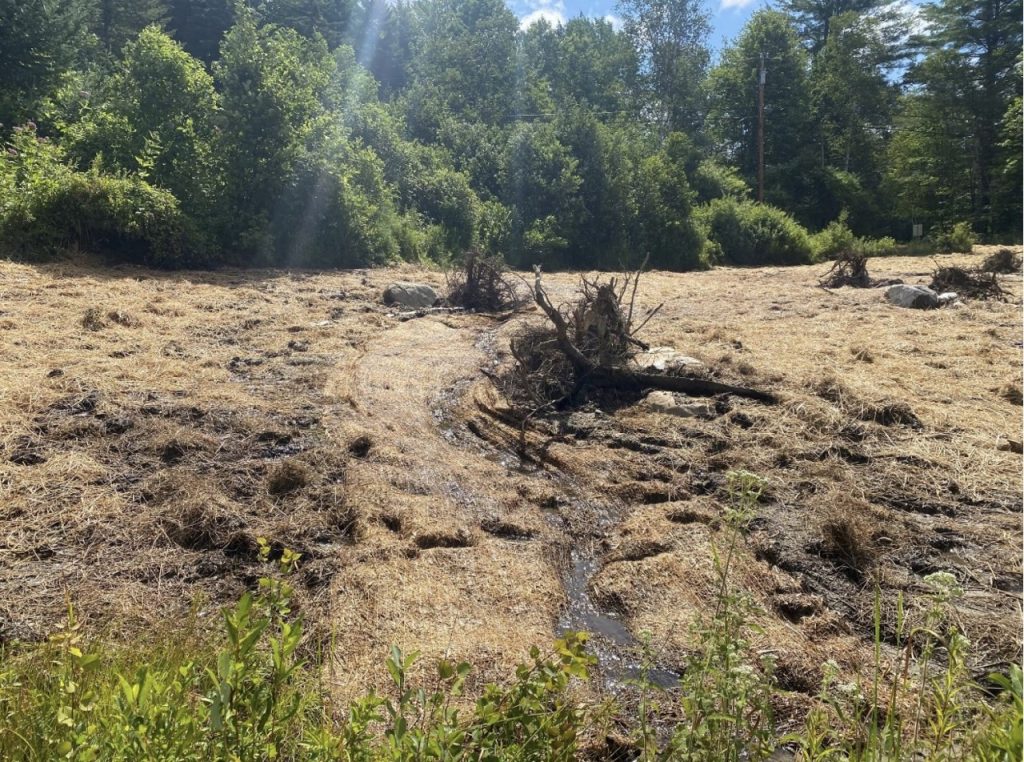
In 2020, the Vermont Dam Safety classified the dam as in poor condition with a Significant Hazard potential dam rating. The Dam Safety Inspection, stated that “Failure could result in damage and economic losses due to shallow flooding of property and overtopping of multiple road crossings.” The dam is reported to have been constructed c. 1965 for fire suppression, and to provide a water source for farm crops and livestock, and as a pond for recreation.
The removal project was designed to reconnect the headwaters to the Mill River and ultimately Lake Champlain. Many co-benefits result from dam removals including restoring natural sediment transport, reduced erosion, restored aquatic organism passage (AOP), reconnection with the floodplain to support flood resilience, restored wetlands, stream channel processes, and a restored ecosystem with increased biodiversity. “Restoring natural river processes including water, sediment, nutrient and wildlife transport through derelict dam removal is tremendously rewarding work because you can observe the restored river functions come back almost instantaneously,” says Karina Dailey, Restoration Ecologist with VNRC.
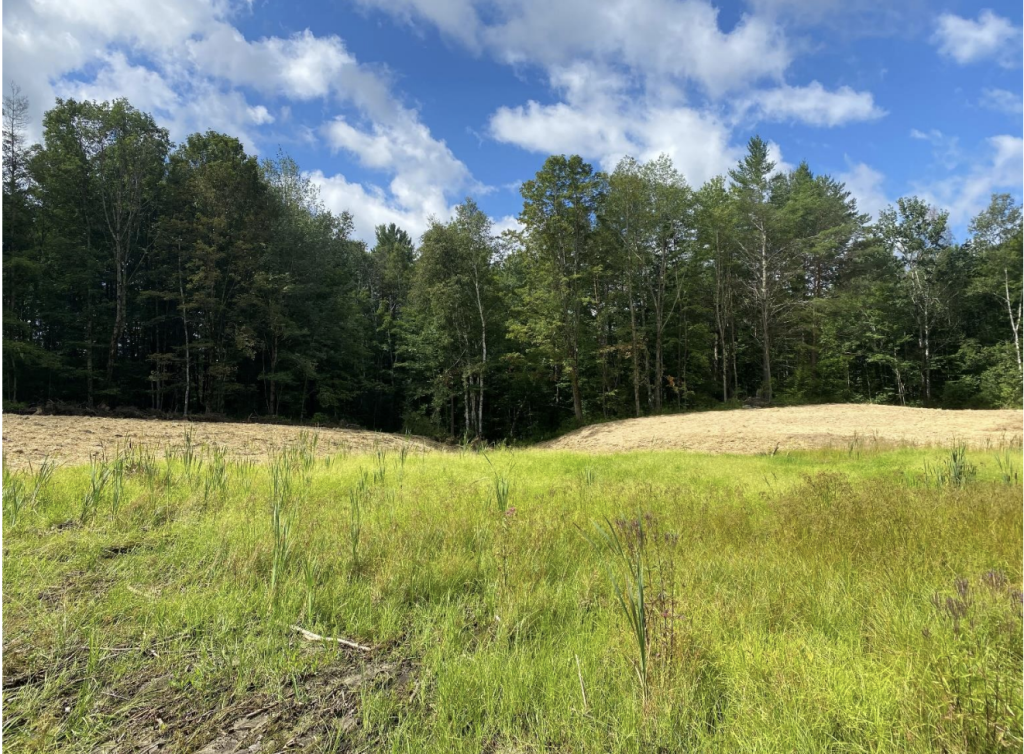
“We saw some small fish in the new channel and moving around upstream on our last site walk. We installed a few extra large wood pieces and boulders in wet areas to break up flow paths to limit future erosion. It will be great to watch it all continue to stabilize and come back to life with pulses of the flow and sediment moving through the area,” says Roy Schiff, Project Engineer. The earth from the dam embankment will be used to fill and re-form the east and west valley walls, therefore no sediment is being hauled off site, which also saves on dam removal costs.
“What an incredibly beautiful place our old pond/dam has become. It is so clear that the work (from its start a few years ago through to the last day of construction a few days ago) was completed with thoughtfulness and care. We are absolutely in love with the outcome,” says landowner, Amy Leah de Camp-Thomas.
Karina Dailey, restoration ecologist with VNRC, has managed the project in partnership with the landowners. The engineering firm was SLR Consulting of Waterbury, and the construction firm completing the removal was Birdseye Construction of Richmond. Funding for design, permitting, and construction has been provided by Vermont Natural Resources Council, NEIWPCC in partnership with the Lake Champlain Basin Program, the Vermont Department of Environmental Conservation through Watershed United Vermont, US Fish and Wildlife Service and the Landowners.



